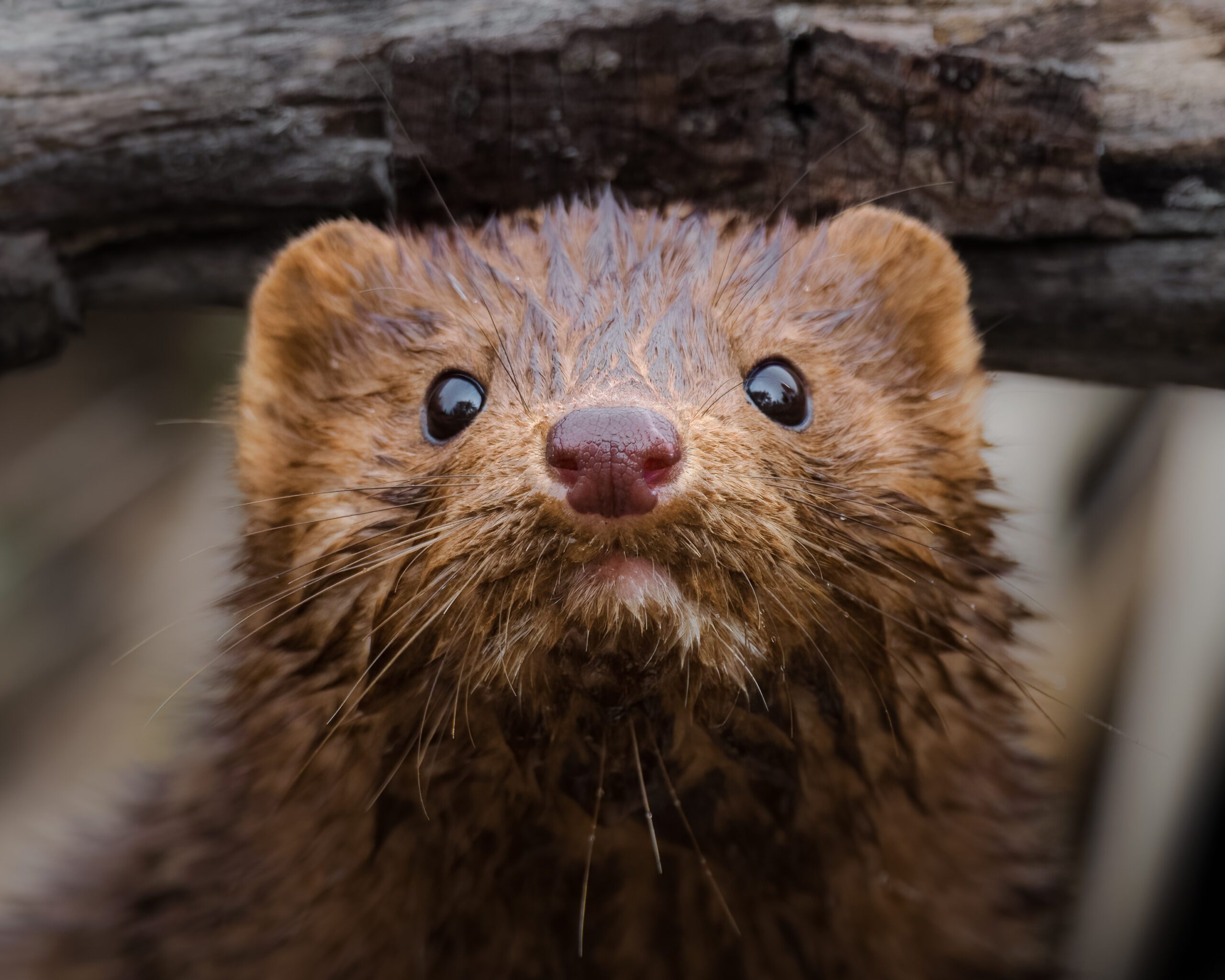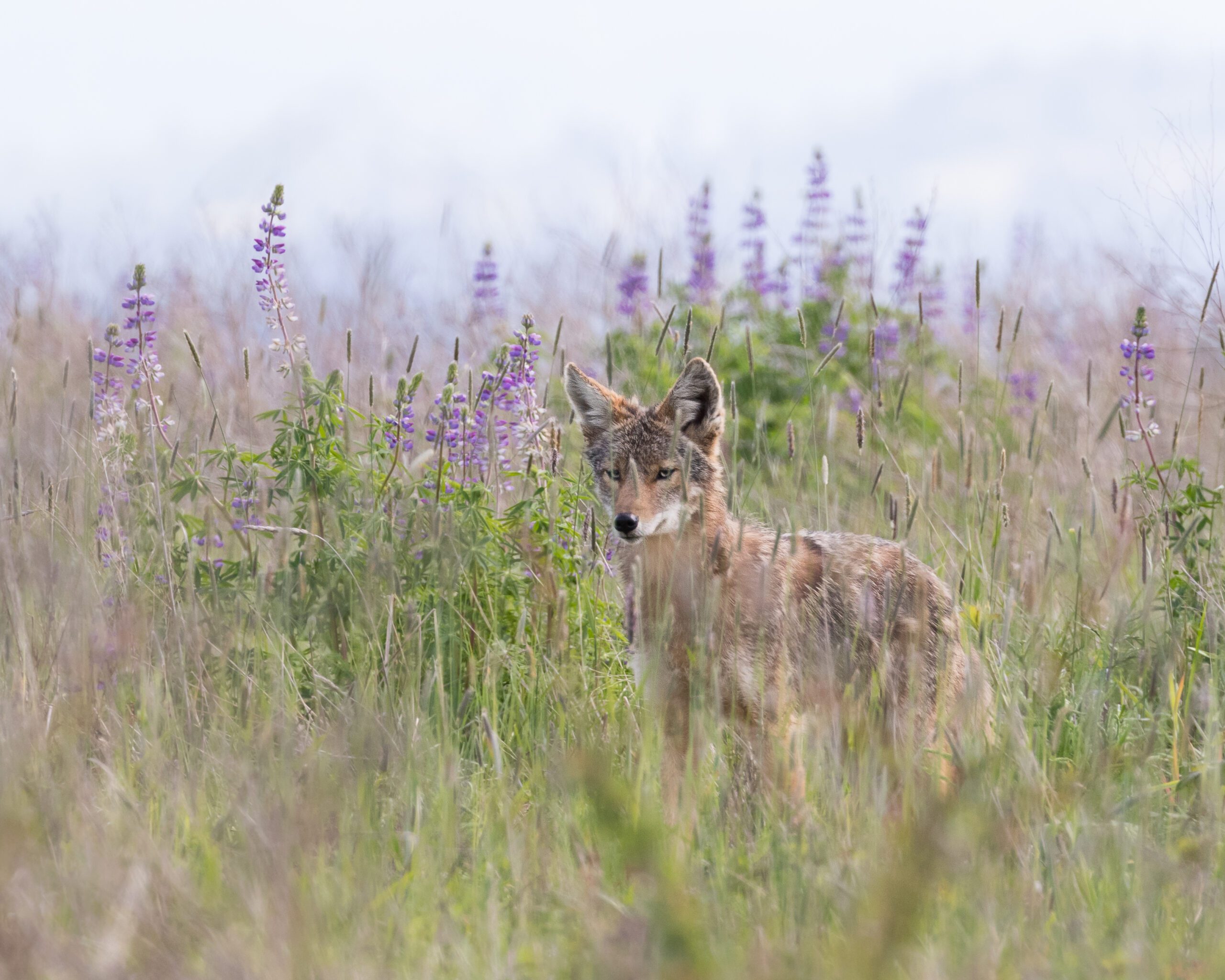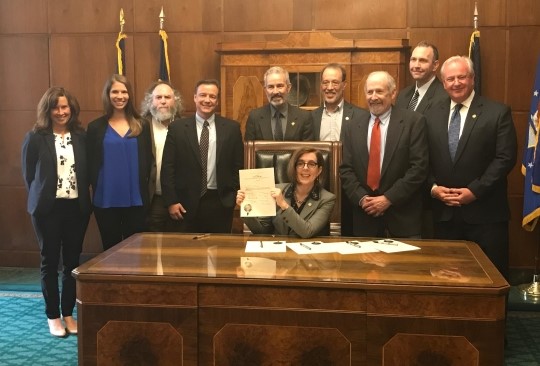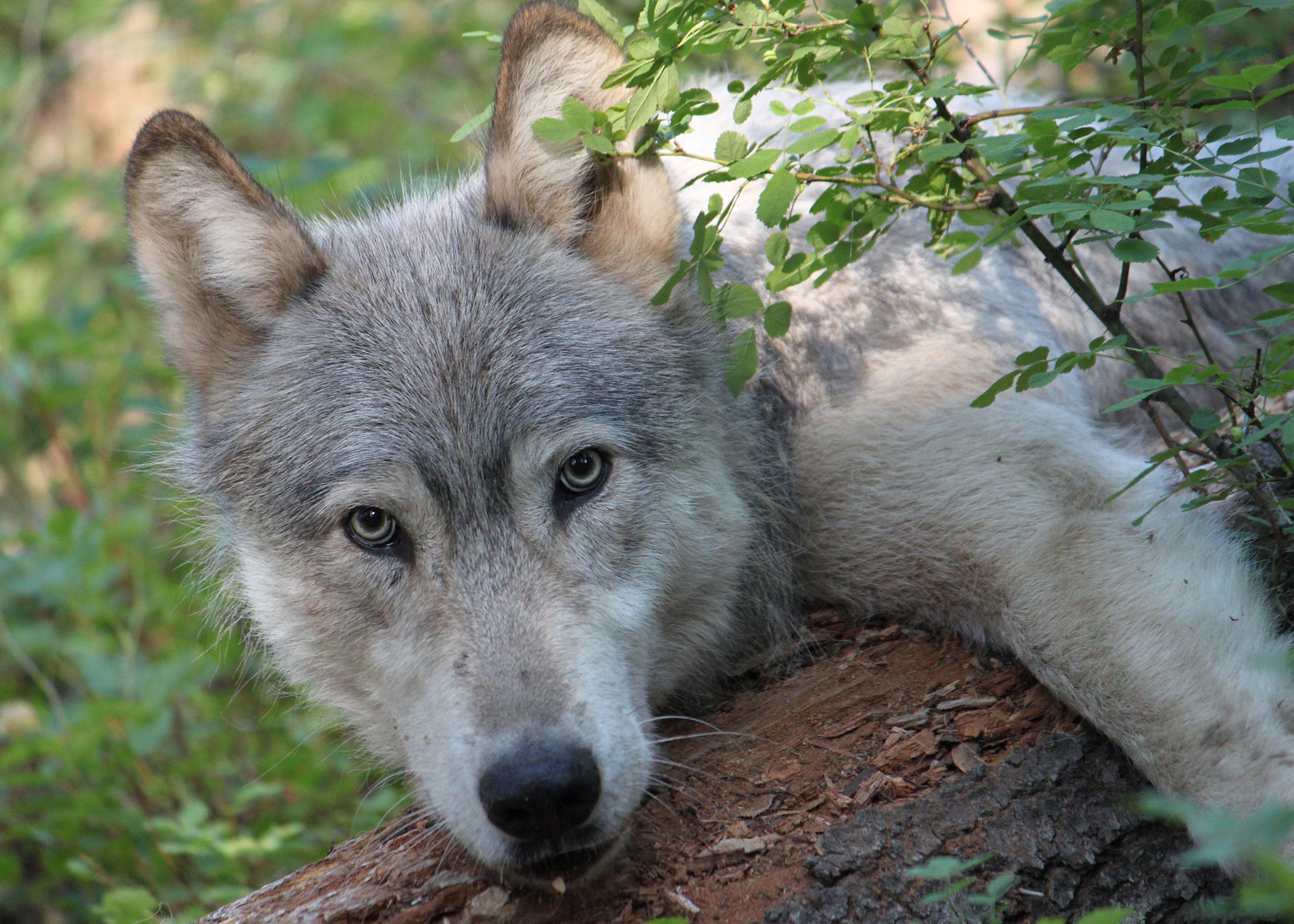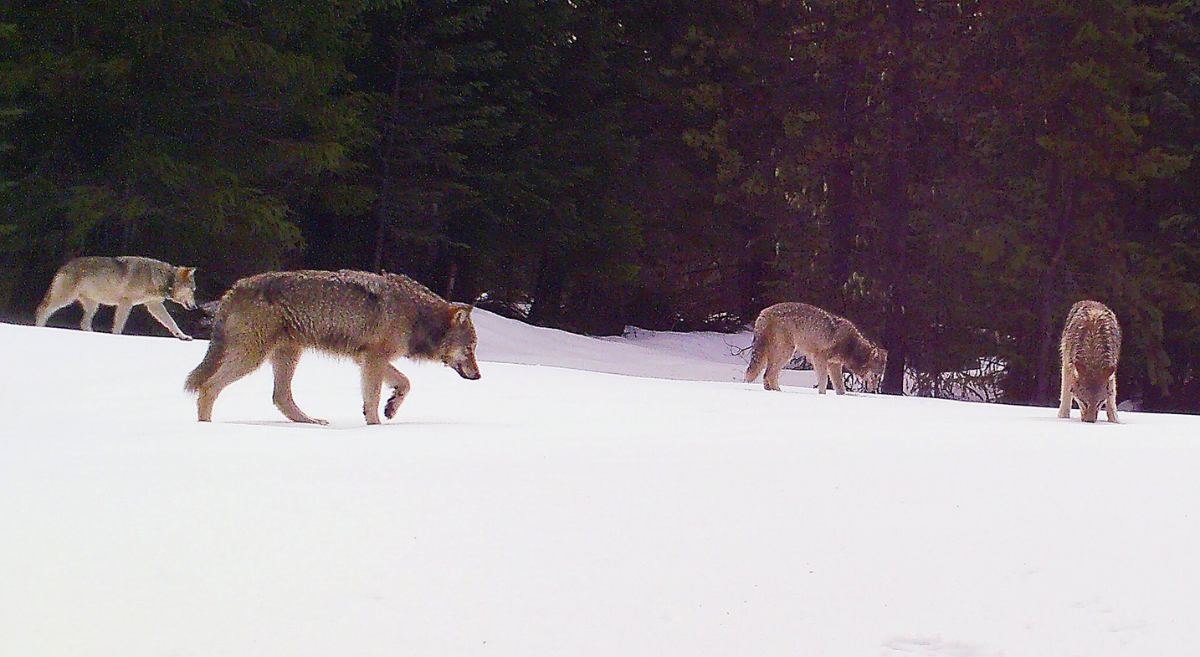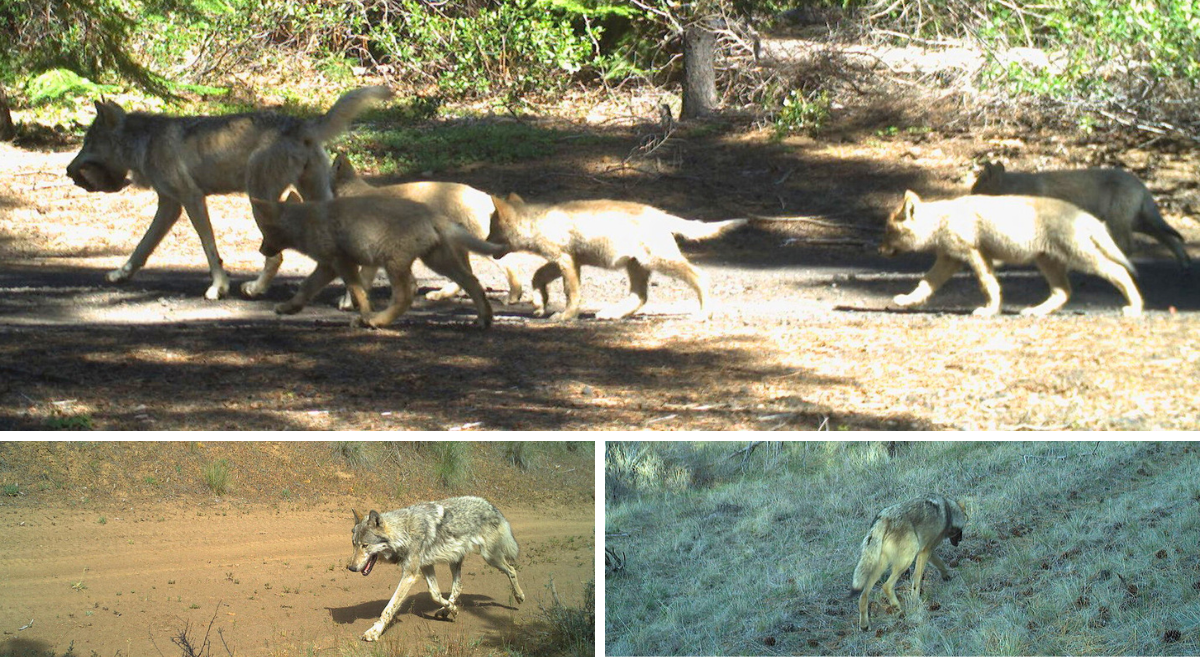On December 12th, Senator Merkley introduced a groundbreaking resolution calling for a national strategy to protect biodiversity. This is a critical step in creating coordinated efforts to not only protect imperiled animals, plants, and ecosystems in the face of the biodiversity and climate crisis but to ensure these landscapes thrive. The resolution expresses a need for the United States to create a national biodiversity strategy to safeguard the diversity of life in the country. Such a strategy would:
– Encourage federal agencies to identify and pursue actions within existing laws and policies, including considering new ones.
– Establish a new four-year assessment to monitor progress in combatting biodiversity loss.
“As the impacts of climate chaos become deadlier and more frequent—threatening our health, planet, and future—we must continue to do all we can to protect the precious biodiversity that keeps our planet strong, balanced, and healthy,” said Senator Merkley. “We must implement smart, well-coordinated efforts and solutions that work across all levels of government, business, and community leadership to preserve biodiversity for future generations.”
Biodiversity, a critical element to human health and wellbeing ensures food system security, disease prevention, medicine, clean drinking water, resiliency in the face of otherwise catastrophic events, and more. Protecting species and their landscapes not only has a moral imperative but also a clear positive outcome.
“We commend Senator Merkley’s leadership in protecting our most vulnerable wildlife, pollinators, and plants from the threat of extinction,” said Alijana Fisher, Wildlife Associate at Oregon Wild. “This milestone runs in tandem with the 50th anniversary of the Endangered Species Act this month, a true testament to a national commitment to protecting biodiversity.”
The Endangered Species Act (ESA), which celebrates its 50th anniversary this year on December 28th, is a bipartisan, bedrock environmental law that has been successful in preventing extinction for over 99% of listed species. If not for the ESA and actions driven by the best available science, species such as the bald eagle, humpback whale, gray wolf, California condor, Oregon chub, and many others might have gone extinct. In addition to being incredibly successful, the ESA is also widely popular, with surveys repeatedly showing that a strong majority of Americans -80-90%- support this important law.



